Life in the Hacienda
October 16-18
Another hacienda that we decided to visit was the 18th-century Hacienda San Jose. Initially, an agricultural center specialized in raising livestock and maize cultivation. Later, production switched to citrus trees, and finally the hacienda became a huge sugarcane farm. Today, the hacienda functions as a hotel. Restored original buildings hold the spirit of the past. Staying in this hotel was like a journey back in time for us.
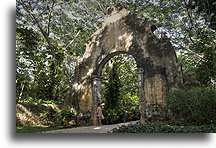
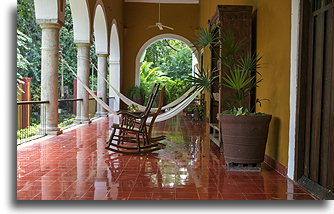
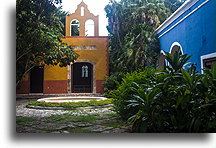
Our stay in the historic hacienda was a great opportunity to learn about its history. Hacienda San Jose has different architecture when compared to two haciendas we visited earlier. Missing here is the main house, such as one present in Hacienda Tabi for example. This suggests that the owner did not live in San Jose and that an administrator supervised on his behalf. A wall surrounded the hacienda, the entrance led through an impressive gate. Behind the wall was a factory, a small church and other farm and residential buildings occupied by people of a higher status in this almost autonomous agricultural center.
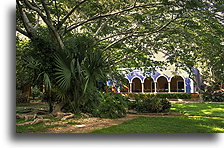
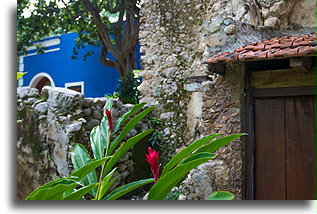
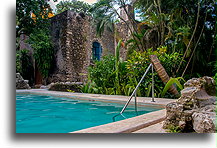
Maya, who worked here in the 18th century, while not officially slaves, were bonded to the land and could not move anywhere. For long working hours, they were paid in money that could only be spent within the hacienda. The reception building of the today’s hotel located outside the wall was originally such a store for workers. The work here was intense, and many peasants were forced to work continuously with little water and food. Outside the walled area located is a small church for them. The original raised platform served as a stage during festivities or as place of punishment. Workers seen as lazy were whipped or imprisoned until they were prepared to work harder.
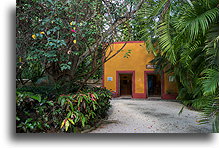
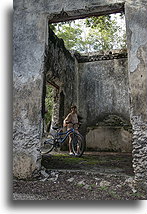
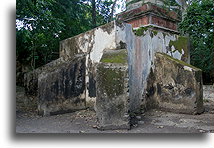
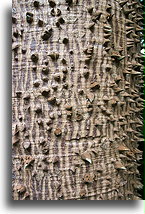
For the ancient Maya, Ceiba was the most sacred tree. It was a symbol of communication between the three levels of the universe. Tree roots deep in the ground reached the Underworld, the trunk was a representation of the middle world where people live, and its umbrella-like canopy high in the sky symbolized the divine world.









